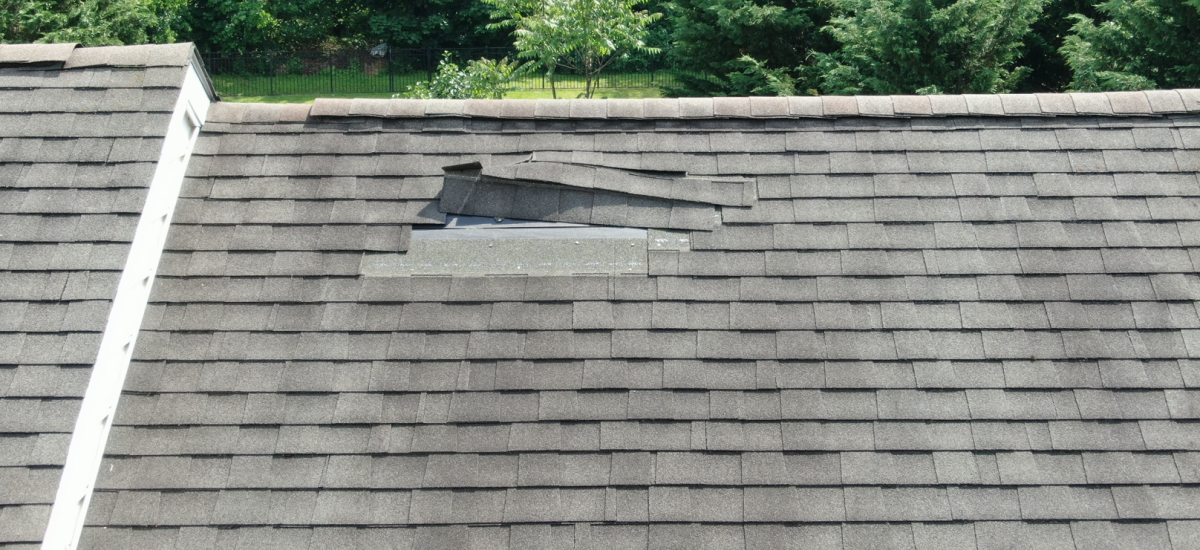As snow melts off our Grand Rapids roofs, we anticipate our future roofing projects. Are you considering tackling a roofing project on your own? Whether you’re repairing a small leak or embarking on a full roof replacement, it’s crucial to prioritize safety above all else. Roofing can be a hazardous task, but with the right precautions, you can minimize risks and ensure a successful project. Here are some essential safety tips to keep in mind before you climb up that ladder:
-
Gear Up Properly: Before you start any work on your roof, make sure you have the appropriate safety gear. This includes a sturdy pair of non-slip shoes or boots with good traction, a well-fitted harness, safety goggles to protect your eyes from debris, and gloves to safeguard your hands.
-
Check the Weather Forecast: Roofing should never be done in inclement weather. Check the weather forecast beforehand, and avoid working on your roof if there’s a chance of rain, strong winds, or lightning. Wet or icy surfaces can be extremely slippery and increase the risk of accidents. If at any time you do not feel comfortable, search “a roofing company near me”, and professionals such as Melvin Belk Roofing that have years of experience in roof replacement are alway happy to help.
-
Use the Right Tools and Equipment: Make sure you have all the necessary tools and equipment for the job, including a stable ladder, roofing nails, a hammer, a utility knife, and any other materials specific to your project. Using the correct tools will not only make the job easier but also reduce the likelihood of accidents.
-
Inspect Your Roof Thoroughly: Before you start any work, carefully inspect your roof for any signs of damage or structural issues. Look for loose or missing shingles, sagging areas, or rotting wood. Addressing these issues promptly can prevent accidents and further damage down the line.
-
Secure Your Ladder: When using a ladder to access your roof, ensure that it is securely positioned on level ground and extend it at least three feet above the edge of the roof. Use ladder stabilizers or standoff arms to provide additional stability and prevent the ladder from slipping or tipping over. As demonstrated by Andrew Belk on his YouTube Ice Dam video, it is highly recommended to avoid ladders on slippery deck materials.
-
Beware of Electrical Hazards: Be mindful of overhead power lines when working on your roof, and keep all tools and equipment away from electrical wires. If you need to work near power lines, consider hiring a professional to ensure your safety.
-
Work with a Buddy: Roofing can be a dangerous task, especially when working at heights. Whenever possible, have a friend or family member assist you with the project. They can help stabilize ladders, pass tools and materials, and provide assistance in case of an emergency.
-
Take Breaks and Stay Hydrated: Roofing can be physically demanding work, so remember to take regular breaks and stay hydrated, especially on hot days. Overexertion and dehydration can impair judgment and increase the risk of accidents.
-
Know Your Limits: While DIY projects can be rewarding, it’s essential to know when to call in the professionals. If you’re uncomfortable working at heights or unsure about the scope of the project, don’t hesitate to seek help from experienced roofing contractors.
-
Have an Emergency Plan: Despite taking all necessary precautions, accidents can still happen.
-
Have an emergency plan in place in case of injury or unexpected hazards. Keep a first aid kit handy and know how to access emergency services if needed.
By following these safety tips, you can minimize the risks associated with DIY roofing projects and ensure a safe and successful outcome. Remember, when in doubt, prioritize safety and seek professional assistance if needed.











